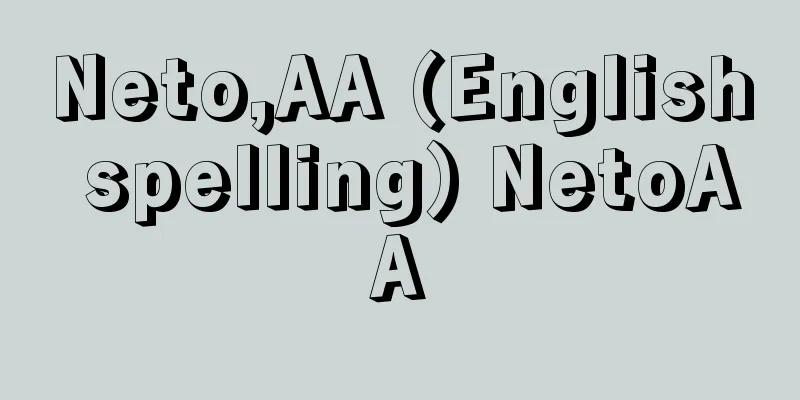The Great Dictator

|
American film. Directed by Charles Chaplin. Produced in 1940. This is the most politically charged of Chaplin's films. In the mid-1930s, international fascism rose to power, and when America entered World War II in 1941, war-related films boomed in the Hollywood film market, and this film was in the top 10 box office results in the United States that year. At the time, Hollywood films were still being exported to Germany and Italy, but in this film Chaplin plays two roles: a Jewish barber and a dictator reminiscent of Hitler of Nazi Germany, and offers a humorous yet scathing satire of fascism. This is Chaplin's first talkie film. Also, from this film onwards, his trademark tramp costume is no longer seen. After the introduction of talkies, Chaplin directed fewer films, and he began appearing more and more as an actor. Released in Japan in 1960. [Ryuichiro Tsutsumi] [Reference] |Source: Shogakukan Encyclopedia Nipponica About Encyclopedia Nipponica Information | Legend |
|
アメリカ映画。監督チャールズ・チャップリン。1940年作品。チャップリンの映画監督作品のなかで、もっとも政治色が前面に押し出された作品。1930年代なかば、国際的ファシズムが台頭し、1941年にアメリカが第二次世界大戦に参戦すると、ハリウッド映画市場でも戦争関連作品がブームとなり、本作も同年のアメリカ国内興行成績のベスト10入りした。当時、ハリウッド映画作品は、まだドイツやイタリアにも輸出されていたが、チャップリンは本作で、ユダヤ系理髪師とナチスドイツのヒトラーを想起させる独裁者の一人二役を演じ、ファシズムを滑稽(こっけい)かつ痛烈に風刺してみせている。チャップリン作品で初のトーキー映画。また本作以降トレードマークである浮浪者衣装はみられなくなる。このトーキー導入以降、チャップリンが監督する作品は減少し、俳優としてのみの出演が増えていく。1960年(昭和35)日本公開。 [堤龍一郎] [参照項目] |出典 小学館 日本大百科全書(ニッポニカ)日本大百科全書(ニッポニカ)について 情報 | 凡例 |
Recommend
Shizuka Gozen
Date of birth and death unknown. A concubine of M...
Il Khan
…They ruled over a territory in Iran comparable t...
《Memory》
…He graduated from the University of London in 19...
Amatsukominato [town] - Amatsukominato
A former town in Awa County in southern Chiba Pref...
Castleling - Castleling
…It usually becomes the most powerful queen. (2)C...
Emperor Tenmu
The 40th Emperor (reigned 673-686). Son of Empero...
Duty execution order - Duty execution order
An administrative supervision order issued when th...
Linschoten-Vereniging (English spelling) LinschotenVereniging
…He himself participated in two such voyages, but...
Leōtychidas (English spelling)
…As the Greek fleet approached, the Persian fleet...
Pomatochelidae
...General term for crustaceans belonging to the ...
Silent reading - Mokdoku
〘 noun 〙 Reading with the eyes only, without speak...
Cantharidus callichroa (English spelling)
…[Tadashige Nabe]. . … *Some of the terminology t...
Balance of payments theory
A theory that analyzes how a country's overall...
Cuban Tree Frog - Cuban Tree Frog
…Most of them are small, measuring 3-5cm in lengt...
Freestyle wrestling
…It is a combat sport that has developed as an im...









